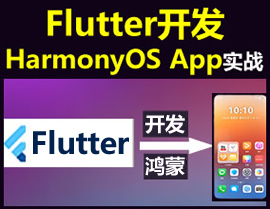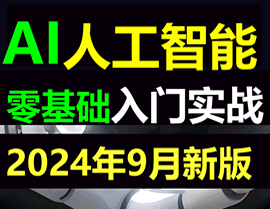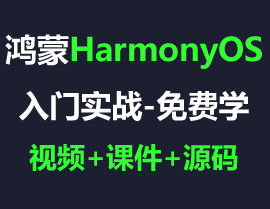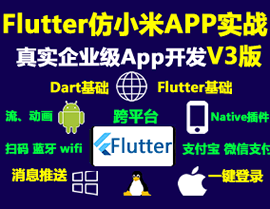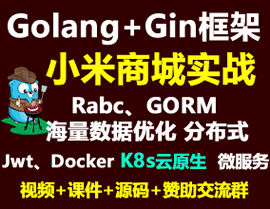1 回复
在uni-app中,使用HBuilderX进行开发时,自定义UI主题界面风格通常涉及对样式文件的修改。以下是一个基本的示例,展示如何通过修改CSS/SCSS文件来自定义uni-app的UI主题界面风格。
步骤一:创建主题样式文件
首先,在项目的static或common目录下创建一个新的CSS或SCSS文件,例如custom-theme.scss。
// custom-theme.scss
// 定义主色调
$primary-color: #4CAF50;
$secondary-color: #2196F3;
$background-color: #F5F5F5;
$text-color: #333333;
// 应用到全局样式
body, .page {
background-color: $background-color;
color: $text-color;
}
// 按钮样式
.button-primary {
background-color: $primary-color;
color: white;
border: none;
padding: 10px 20px;
text-align: center;
text-decoration: none;
display: inline-block;
font-size: 16px;
margin: 4px 2px;
cursor: pointer;
border-radius: 4px;
}
.button-secondary {
background-color: $secondary-color;
color: white;
border: none;
padding: 10px 20px;
text-align: center;
text-decoration: none;
display: inline-block;
font-size: 16px;
margin: 4px 2px;
cursor: pointer;
border-radius: 4px;
}
步骤二:在页面中引入主题样式
在需要使用自定义主题的页面中,引入custom-theme.scss文件。如果你使用的是Vue组件,可以在<style>标签中通过@import引入。
<template>
<view class="container">
<button class="button-primary">Primary Button</button>
<button class="button-secondary">Secondary Button</button>
</view>
</template>
<script>
export default {
// 组件的逻辑代码
}
</script>
<style lang="scss">
@import '~@/static/custom-theme.scss';
.container {
padding: 20px;
}
</style>
注意事项
- 变量管理:在大型项目中,建议将所有颜色、字体大小等样式变量集中管理,便于后期维护和主题切换。
- 动态主题:如果需要实现动态切换主题,可以使用Vuex或全局状态管理工具来存储当前主题变量,并在组件中监听变化动态更新样式。
- 兼容性:确保自定义样式不会与uni-app的内置组件样式冲突,必要时使用
!important或更具体的选择器来提高优先级。
通过上述步骤,你可以在uni-app中实现自定义UI主题界面风格。根据实际需求,你可以进一步扩展和细化样式规则。

